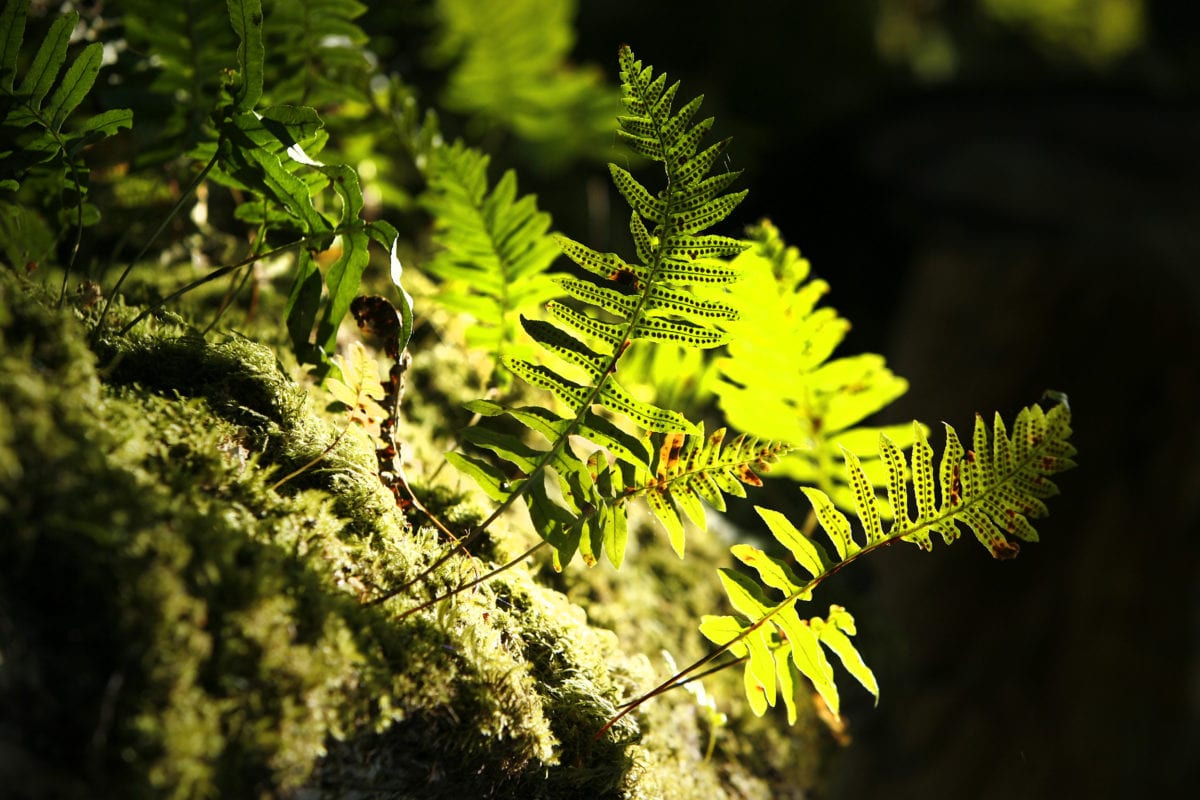
What are old growth forests and why are they so important?
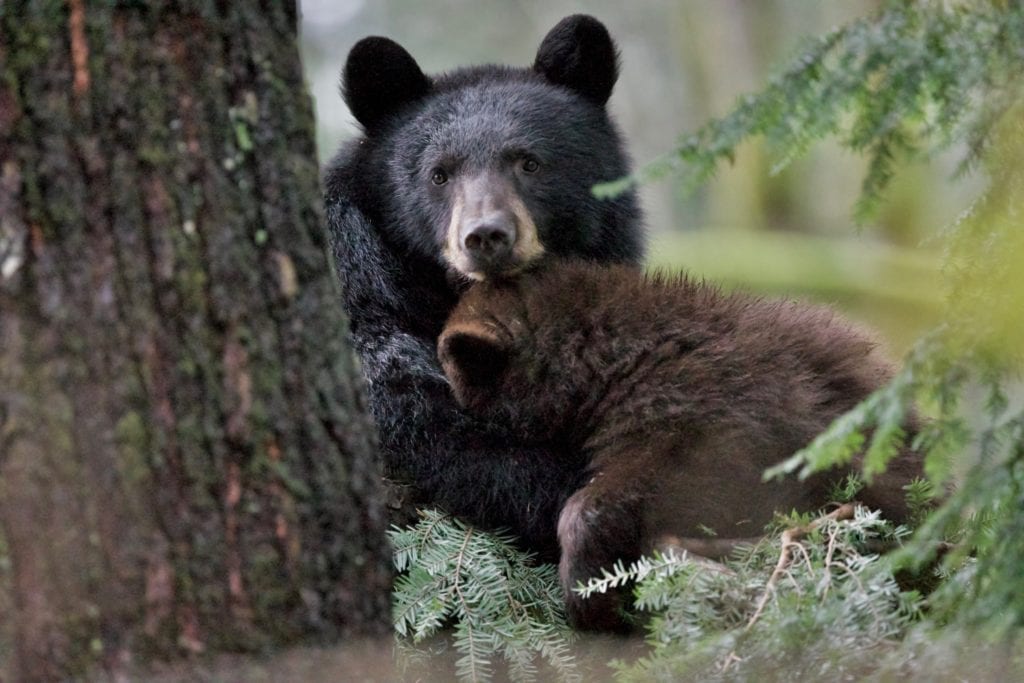 Old growth forests are awe-inspiring and highly diverse ecosystems that can be found all around the world. They play essential roles in wildlife habitat, species diversity, hydrological regimes, nutrient cycles, carbon storage, and numerous other ecological processes. They have special structures and characteristics that provide habitat for animal and plant species, such as bats, birds, lichen, and mammals which are not found in any other forest types. Old growth forests also offer recreation opportunities benefitting mental wellbeing and have important spiritual values.
Old growth forests are awe-inspiring and highly diverse ecosystems that can be found all around the world. They play essential roles in wildlife habitat, species diversity, hydrological regimes, nutrient cycles, carbon storage, and numerous other ecological processes. They have special structures and characteristics that provide habitat for animal and plant species, such as bats, birds, lichen, and mammals which are not found in any other forest types. Old growth forests also offer recreation opportunities benefitting mental wellbeing and have important spiritual values.
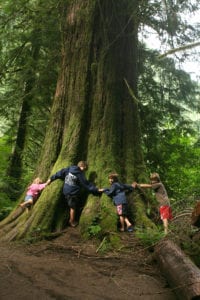
Old growth forests are typically classified as having large, old trees with multilayered canopies. These important forests are quite different from second-growth (i.e., re-growth after a timber harvest) in a number of ways. Old growth forests have more gaps in the canopy that let sunlight through, creating more diverse and layered plant and animal life. In contrast, second growth forests tend to have closed canopies that block out most sunlight, resulting in sparser biodiversity throughout the layers of the forest.
Old growth forests also tend to have trees of diverse ages and heights within the same area, which create multiple layers in the canopies, and include fallen dead trees that provide nutrients, structure, and water retention for the new growing trees. Over time, different species have evolved to live in the different canopy levels and coarse woody habitat, which means they are all crucial for maintaining native biodiversity. Second-growth forests on the other hand usually have canopies with a single layer due to their similar age and height. Old growth forests are also home to a diverse array of lichens, mosses, ferns, and fungi that live on tree bark and branches compared with younger, second-growth trees. As a result, old growth forests support many more unique and diverse species than second-growth forests.
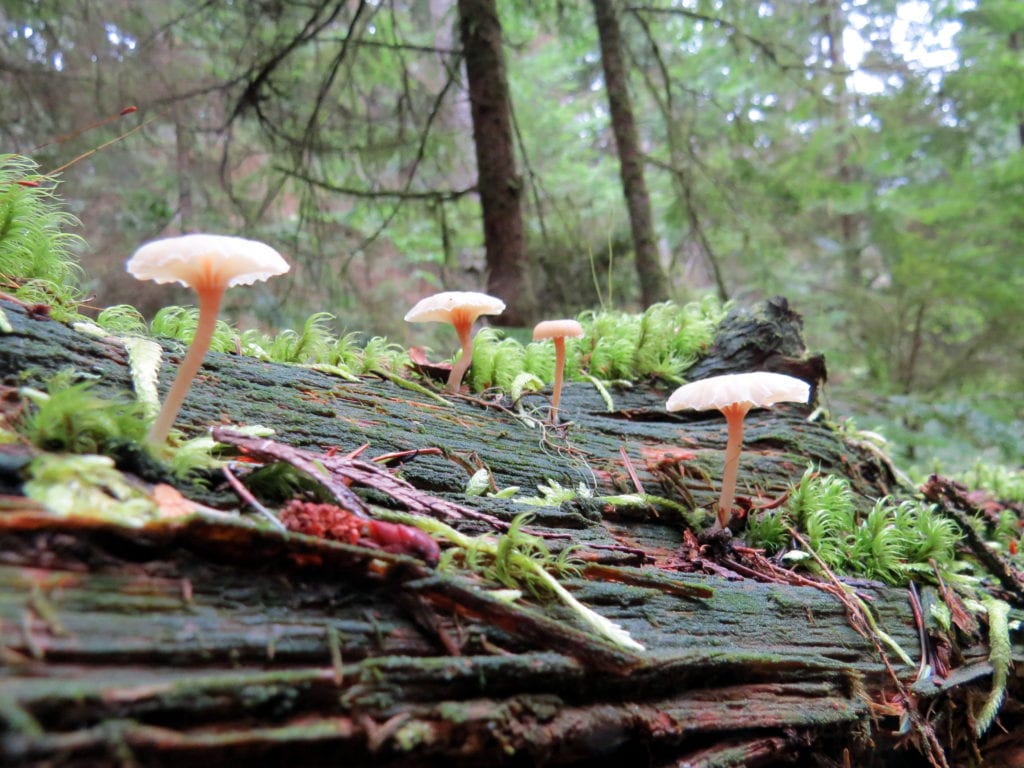
The protection of old growth forests also has direct impacts on human communities. For example, The Nuu-chah-nulth First Nations have used old-growth western red-cedar and yellow-cedar for traditional purposes, such as totem poles, canoes, and long houses for thousands of years. Other nations now also come from around the province for access to ancient cedar because it is no longer available in their own regions.
Old growth forests have also sequestered massive amounts of carbon per hectare and when they are harvested, they release huge amounts of carbon back into the atmosphere – further worsening climate change. By protecting old-growth forests, emissions are reduced and carbon is kept safely stored away. Old growth forests also tend to be the most resilient because of their structural diversity. This means they will cope better than younger forests as climate change worsens. Old growth is critical for protecting people and wildlife from droughts, floods and wildfires.
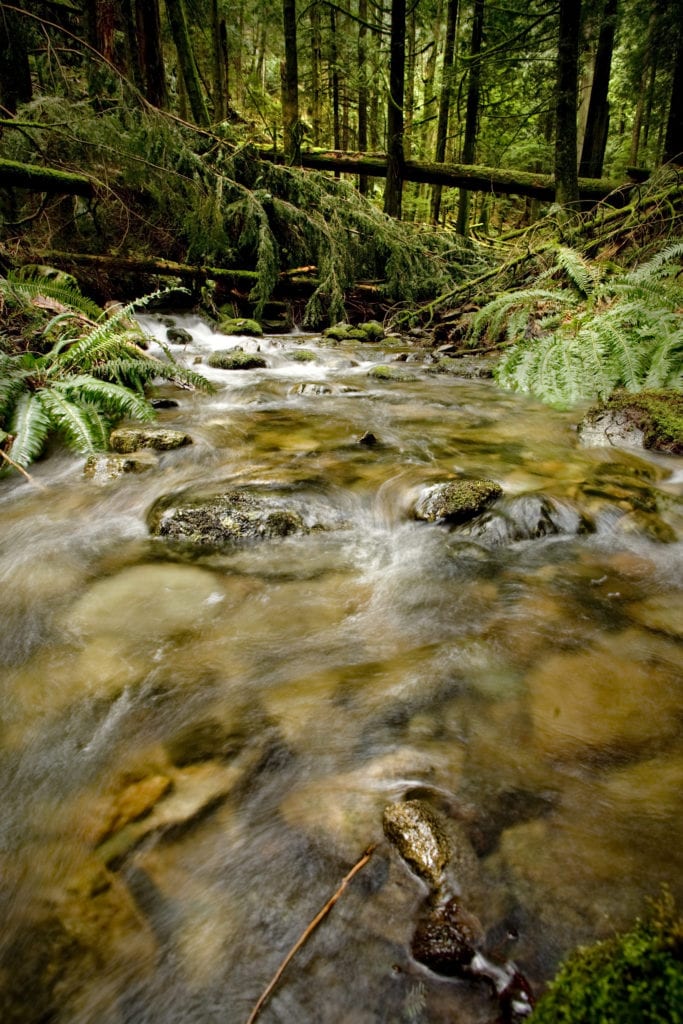
What is The Nature Trust of BC doing to protect them?
The Nature Trust of BC protects land primarily through the acquisition of private land for conservation purposes. As a non-profit we raise funds for the purchase of ecologically sensitive land and maintain these lands as nature reserves, so they will never be sold or developed.
The Nature Trust of BC and many other conservation and environmental organizations are working hard to try and protect as much old growth forest as possible. For example, our Nanaimo River, MacMillan, and Arrowsmith Woodland properties contain old growth forest which will ensure that these precious ecosystems remain part of the BC landscape forever.
